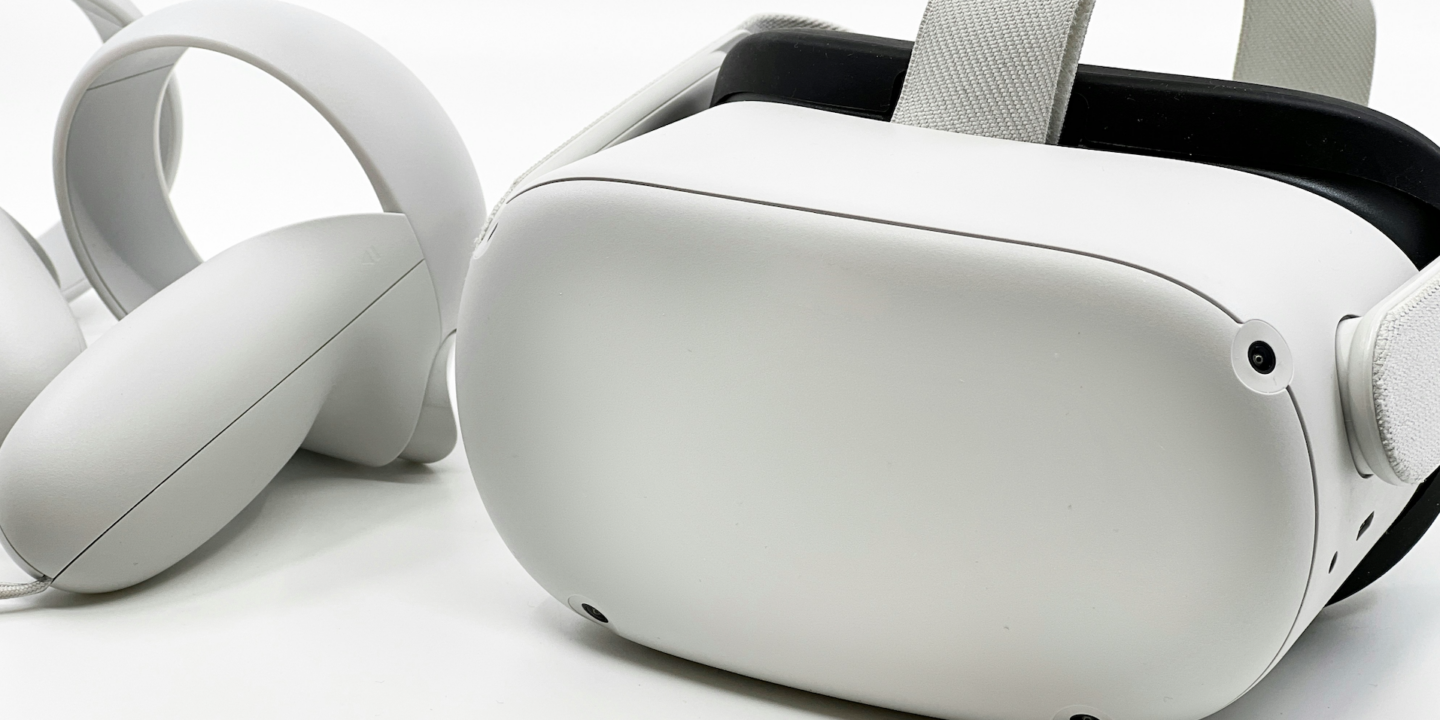Audio messaging is nothing new. From WhatsApp to WeChat, users have embraced voice messaging as a quick and personal way to communicate for years. Even before Clubhouse, there were a number of international apps that a had growing user bases interested in virtual audio “rooms” such as Dizhua, TT Voice, Tiya and Yall, all backed by Chinese developers and investors.
Spring of 2020 saw the exclusive invitation-only app, Clubhouse, enter the space. The timing was spot-on, with a sizeable opportunity to fill the void left by the cancellation of in-person events as well as tapping into an industry where people love to tell stories and social media users have a fear of missing out.
Like any new social media trend, there have been highs and lows along the way. Arguably, these have played into the hands of Twitter, Facebook, and LinkedIn who all used the learnings to advance their own offerings.
Since June 2021, social audio has become full mainstream. Spotify launched Greenroom and Facebook launched Live Audio Rooms (and podcasts) in the same week.
These apps will distinguish themselves by the features that get speakers with big followings to stick around. All four share a similar interface: photos and lists of people in each virtual room, an animation to show who’s currently speaking and the ability to leave the app while still listening in the background. So far, Facebook and Twitter are more accessible for those hard of hearing, as they have added auto-captioning. Spotify’s Greenroom offers a Zoom-like chatting function, and there’s a personalized calendar on Clubhouse.
So, which are the apps leading the way in 2021?
An invite-only social audio app that began as iOS only (and is ow on Android) was one of the first to begin the trend in the U.S. last year during the beginning of the COVID-19 pandemic. Clubhouse now has over 10million users.
Clubhouse is voice-only, and no camera on, you don’t have to worry about eye contact, what you’re wearing, or where you are. It is based in the premise that the intonation, inflection and emotion conveyed through voice allow you to pick up on nuance and form uniquely human connections with others. You can still challenge each other and have tough conversations, but with voice there is often an ability to build more empathy.
The app announced their “Creator First Program” a few months ago, and have recently been expanding it globally (now Brazil and India). The Clubhouse goal is to a human platform, a place where meeting new people and discovering the perfect rooms leaves you feeling better after a session.
First launched to a small group in December 2020, Twitter Spaces went public on May 3rd, meaning anyone with a Twitter account can join as a listener now (any Twitter user with at least 600 followers can operate as the host of a space). Twitter initially promoted the platform as more inclusive than Clubhouse and outlined that “the first people to be given access to Spaces would be women and people from other marginalized communities, groups who are more likely than others to be subjected to abuse and harassment when trying to engage in conversations in regular, comment-based discussions on the platform.”
As of June 21, 2021, Facebook announced “US-based public figures, as well as certain groups, can start hosting Live Audio Rooms through the main Facebook iOS app. Anyone can be invited up as a speaker with up to 50 people able to speak at once. There’s no cap on the number of listeners allowed in — a major shot at Clubhouse, which imposes room size limitations.”
It is also introducing other nifty features, such as live captions, and reactions will be available to to interact throughout the chat. Twitter Spaces, Twitter’s live audio feature, includes captions, but Clubhouse still does not.
Facebook is hoping to cast a broader net of influencers with Live Audio Rooms. Among the named public figures who will have access to the feature on launch will be musicians (TOKiMONSTA, D Smoke, Kehlani); media figures (such as Joe Biden); and athletes.
Greenroom allows artists and other creators to connect with fans, followers, and friends in live audio rooms. “Talk about the music you love. Debate fantasy sports picks. Create rooms for your friends. Be heard on your favourite topics.”
The Spotify Greenroom app is actually based on Locker Room’s existing code, with the earlier Locker Room app basically updating to become Greenroom. To join the new app, Spotify users sign in with their current Spotify account information.
The bigger advantage Spotify has here is that its Greenroom sessions are recorded. After a show wraps, the creator can request an audio file which they can then turn into a podcast episode. This ability to straddle both worlds of live and recorded audio could prove to be more useful as the post-COVID world opens up, and users are no longer stuck at home, bored, able to tune in at any time to audio programs.
There are other big players, too: LinkedIn, Slack, and Reddit are all working on audio-based products and features. People are looking for ways to connect, to create, to share with one another. What better way to do that than with audio that is immersive, and can replicate a more natural, in-person conversation?
Like with any social media tool, the question for brands is always how to best incorporate social audio into marketing strategies?
Audience
The starting point is to figure out if the platform is a good fit for your organization. With audio apps, there is huge potential for brands to carve out their own niche community and win loyalty along the way. Know what your audience wants to talk about and demonstrate your authority on the subject. Consumers were first drawn towards the audio-only concept after Zoom fatigue during the pandemic and the market for it has been booming ever since.
Storytelling
As humans, we love to share and telling a story is part of our everyday lives. Audio apps are an opportunity for marketers to be consistent and create something of value. Like radio or podcasts, a piece of audio without visuals can engage at a much deeper level – a really powerful tool amongst digital channels when used correctly. There’s a lot of opportunities to deliver something very different to your users with just audio on social; be it a simple piece of audio, a remotely recorded brand ambassador or a fully produced binaural soundscape.
Collaborations
The app opens up access to some of the brightest minds in the world, audio-first social interactions are a brilliant resource for advice and collaboration. The opportunities are endless for creators, networking, expressing ideas, monetising, connecting with new friends in an immersive virtual way, and so much more.


